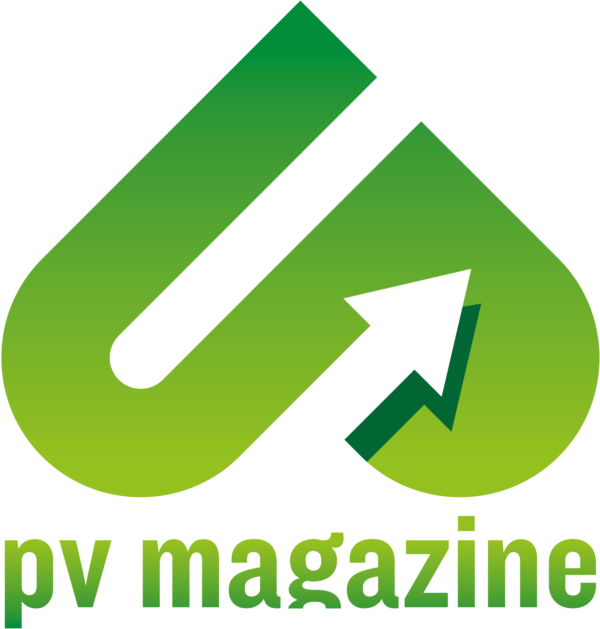 Despite the global pandemic and recession, corporate purchases of clean energy are booming. Several factors are driving this trend, including falling costs, a heightened appetite for sustainability among consumers and investors, and increased political will for net-zero development. In recognition of this, the UP Initiative will spend the third quarter investigating sustainable electricity supply. How are PPA models evolving? What are the critical issues around residual energy? And how can greenwashing be avoided? pv magazine investigates.
Despite the global pandemic and recession, corporate purchases of clean energy are booming. Several factors are driving this trend, including falling costs, a heightened appetite for sustainability among consumers and investors, and increased political will for net-zero development. In recognition of this, the UP Initiative will spend the third quarter investigating sustainable electricity supply. How are PPA models evolving? What are the critical issues around residual energy? And how can greenwashing be avoided? pv magazine investigates.
pv magazine 06/2021
Corporates’ critical solar role: Presentation of the quarterly theme.
pv magazine 07/2021
RE100 and the corporate renewable electricity boom: In 2020, corporate renewables purchases hit a record 23.7 GW. Much of this growth has been led by a non-profit global initiative, RE100, which is headed by the Climate Group and the Carbon Disclosure Project (CDP). Launched in 2014, 316 companies from more than 175 markets have now committed to buying 100% renewable electricity. As part of the UP Initiative, pv magazine spoke to Mariana Daykova, senior manager of renewable energy at CDP and its interim RE100 lead, about the progress that has been made and what’s in the cards going forward.
BNEF’s bullish outlook for corporate clean energy procurement: Corporate clean energy procurement continues to set new watermarks. In 2020, companies announced a record 25 GW of clean energy PPAs throughout the world, marking the fifth consecutive year of growth. As part of the pv magazine UP Initiative’s quarterly focus on sustainable electricity, Kyle Harrison, head of sustainability research at BloombergNEF, addresses key questions about the long-term outlook for corporate procurement.
pv magazine 08/2021
Achieving game changing growth: Corporate purchases of green electricity are at an all-time high. Pressure from companies, new entrants, and favorable legislative changes have combined to push the market further. Consequently, the business model landscape is evolving. As part of the UP Initiative quarterly theme on sustainable electricity supply, pv magazine has compiled a brief overview of the main models available (see table) and provided a more in-depth look into two of the most prominent: energy certificates and power purchase agreements.
The global expansion of clean energy access: Once a U.S.-centric phenomenon, corporations are now able to purchase clean energy at cost-competitive rates and at a large scale in most markets around the world. Power markets are being amended to allow for power purchase agreements, while alternative mechanisms like certificates and retail programs are near-universal. As part of pv magazine’s UP Initiative quarterly theme on sustainable electricity supply, Kyle Harrison, head of sustainability research at BloombergNEF, discusses the growth in corporate clean energy procurement globally.
Supporting the corporate renewable electricity market: Corporate clean electricity purchases are finally taking off in many European markets, thanks to a number of renewable energy law reforms. Spain and Italy in particular are seeing growing numbers of transactions. However, is enough being done to support the corporate market? Hannah Hunt, impact director at RE-Source – a European alliance of stakeholders representing clean energy buyers and suppliers – looks at the forces driving change and asks which policy and regulatory reforms are critical to unlocking European corporate sourcing potential.
pv magazine 09/2021
Trends in sustainable debt: While sustainable debt issuance has historically been dominated by the Europe, Middle East and Africa region and mostly driven by green bonds from the energy and financial sectors, it has diversified in recent years and is now a global market with a huge range of issuers, thanks to the variety of instruments that have been created since 2007. As part of pv magazine’s UP Initiative quarterly theme on sustainable electricity and corporates’ critical solar role, Maia Godemer, BloombergNEF (BNEF) research associate, discusses this growth and its implications.
Corporate acceleration: With solar declared the cheapest form of power in history, and wind prices following a similar trajectory, corporate energy users are buying renewable power and investing in new capacity at scale. But more companies need to step up. Governments around the world must remove policy barriers and open new markets to competition from renewables if we are to reach the scale of investment needed to achieve a 1.5-degree world, according to Sam Kimmins, the head of RE100.
Different shades of green: Most long-term power delivery contracts with renewable energy systems involve the delivery of electricity through the public grid via off-site power purchase agreements. This leads to a key question: “How do I as a customer know when and if I am really using renewable electricity, and how can I prove that?” Simon Göß and Michael Claußner from Energy Brainpool GmbH & Co. KG, a European market research firm focused on energy trading, address these questions. They note how the development of green hydrogen is an opportunity to create more flexible power markets by fostering the adoption of renewables.
pv magazine 12/2021
24/7 heaven: It’s what Google calls its “biggest sustainability moonshot yet” – 24/7 hourly matching – a new granular phase of renewable energy sourcing. The pursuit of 24/7 moves beyond buying enough renewable energy to match annual consumption, to matching consumption every hour of every day. Some say 24/7 matching could push up the price of renewables, but others say 24/7 is the only way to drive home decarbonization, minimize greenwashing, and create a truly net-zero energy system.
Back to the UP Initiative feature page
This page was last updated on December 27, 2021.